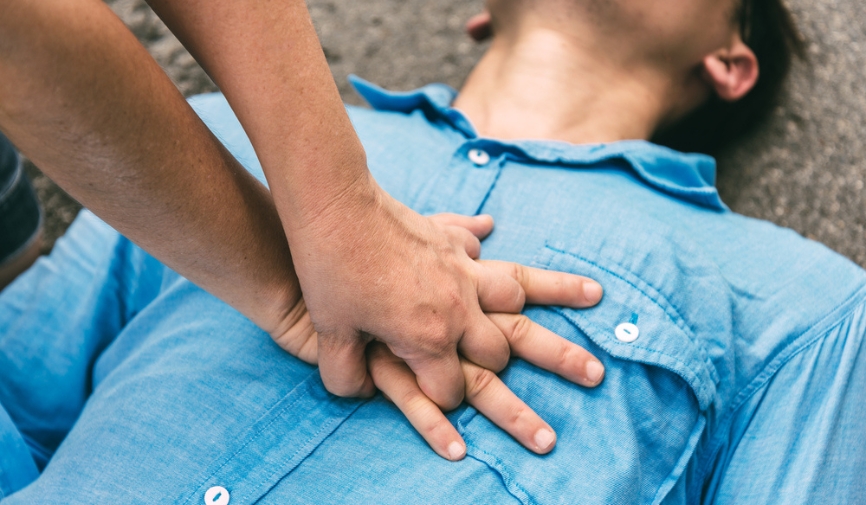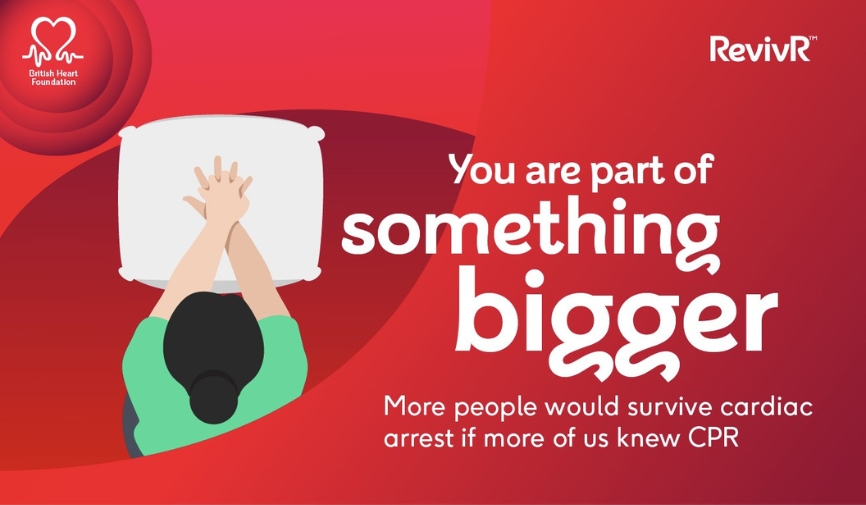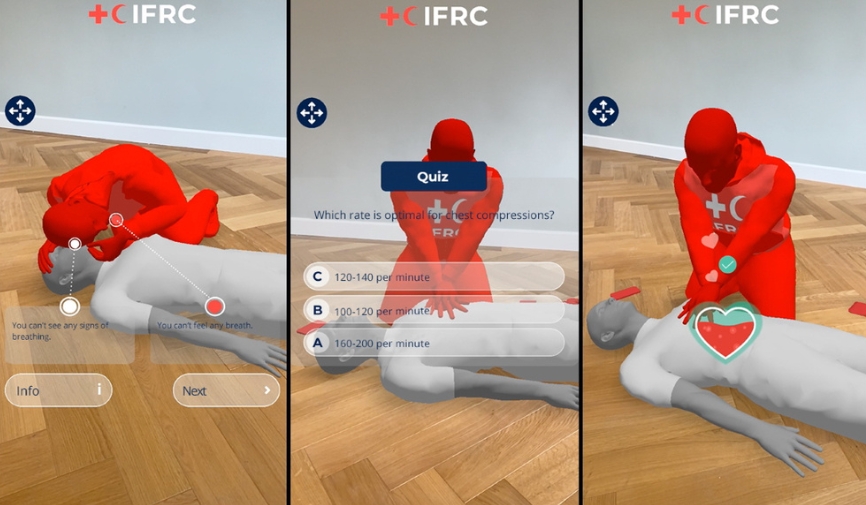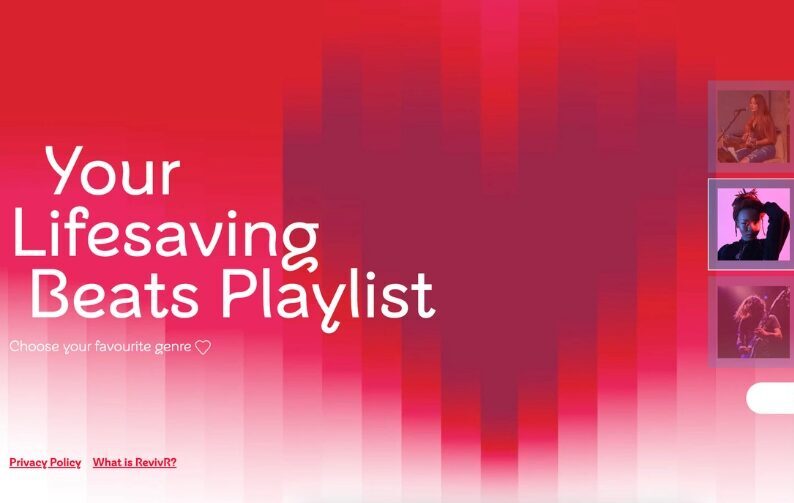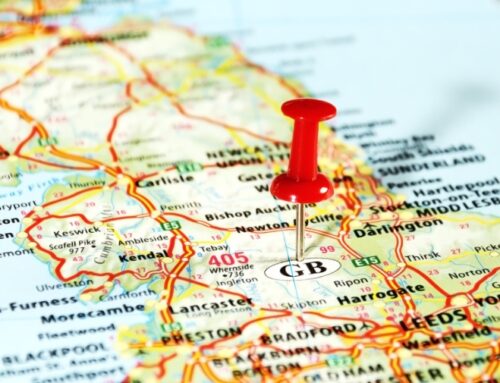A 2018 study found that one in three UK adults would be unlikely to perform CPR if they saw someone suffer a cardiac arrest. The University of Warwick Out of Hospital Cardiac Arrest Outcome (OHCAO) surveyed more than 4,000 UK adults, questioning their knowledge of CPR. The British Heart Foundation (BHF), which commissioned the research, said the figures show that lives are still at risk daily, with people lacking the confidence to conduct lifesaving CPR.
The importance of bystander intervention can’t be overstated, either. For example, the University of Warwick OHCAO found that survival rates for a sudden Out of Hospital Cardiac Arrest (OHCA) are usually 10%, which rises to 57.1% when a bystander uses effective CPR or defibrillation.
The data shows that giving bystanders the confidence and skills to deliver this lifesaving technique is crucial. A significant step to achieving that is by raising awareness of the accessibility of CPR training. In the digital age, we believe that accessing lifesaving training online, and spreading the word about the importance of CPR on social media, are excellent places to start.
Online CPR Training
Various organisations offer CPR resources to augment training, so let’s look into a few different options.
BHF’s RevivR
RevivR is the name given to the BHF’s free, interactive online CPR training course. A quickfire piece of lifesaving training, it allows anyone to learn the basics of CPR in just 15 minutes. Focussed on accessibility and ease of learning, RevivR requires only your mobile phone or tablet and a cushion on which to practice.
Image Credit: Sheffield Chamber of Commerce
RevivR uses a straightforward, concise instruction method based on four key points:
- Build confidence with step-by-step training to learn how to recognise a cardiac arrest and what to do in an emergency.
- Be prepared with a practice 999 call, designed to put learners at ease and help them understand when to call emergency services and how to interact with them.
- Perfecting CPR training by using feedback on your technique during training.
- Learn how to use a defibrillator and where to access your closest AED in times of emergency.
This training is available to the general public and organisations entirely free of charge. Its accessibility and simplicity show how the internet can help CPR training seem less intimidating and easier to learn.
Resuscitation Council UK’s (RCUK) Lifesaver Learning
RCUK’s interactive training tool is a cutting-edge way to access lifesaving training at any time and place. Through realistic, action-packed scenarios, learners will make crucial decisions while learning the vital skills to save a life.
Developed in 2013 as a collaboration between RCUK and award-winning production company UNIT9, Lifesaver is continually revised to remain relevant and current.
The range of Lifesaver resources includes an interactive game for the general public to help combat the lack of confidence in bystanders. It also has a workforce training tool that meets the national standard for CPR and AED (Automated External Defibrillator) awareness training and a new and intuitive VR experience already in use across the UK.
Having won various awards, including four golds at the 2013 E-Learning Awards and the Webby Awards: People’s Voice Winner, the year later, it’s clear that Lifesaver is an excellent example of how the internet can help CPR training.
How Social Media Can Help with CPR Training
In an age when we’re more connected than ever, social media provides an excellent platform to widen awareness of the importance of CPR and make it easier to learn. Recently, we’ve seen celebrities like Fabrice Muamba and social media and music streaming giants Snapchat and Spotify lend their support.
Fabrice Muamba and Snapchat’s CPR Filter
In March 2012, former footballer Fabrice Muamba suffered a tragic cardiac arrest during a televised FA Cup match. Despite his heart having stopped for 78 minutes, Fabrice recovered thanks to CPR conducted by a consultant cardiologist attending the match as a fan. The Bolton Wanderers midfielder announced his retirement from professional football later that year following medical advice and took up a position as a youth coach.
It’s not only football that Fabrice is passionate about teaching, though, as last October, he also spoke in support of Snapchat’s new CPR training resource. The filter, which is available to each of Snapchat’s 363 million daily users, uses augmented reality to guide users through performing chest compressions and quiz them on what they’ve learned.
Image Credit: The Manc
Fabrice said to the BBC that “speaking from my own personal experience, I was fortunate enough that it happened to me where I had the best medical care that I could wish for.” He went on to explain that “if this happened to me in my house, I don’t think we’d have this conversation today. That’s why I’m working with Snapchat to show people the importance, and hopefully, people learn to do it.”
BHF and Spotify’s CPR Playlist
The Bee Gee’s 1977 hit ‘Stayin’ Alive’ has long been the flagship song for CPR training after the famed ad featuring Vinnie Jones. Now, a Spotify playlist of songs with similar beats per minute (bpm) to help people perfect their CPR techniques.
The BHF is instructing first aiders to use their favourite songs after partnering with music streaming platform Spotify and advertising partner Saatchi & Saatchi to raise CPR awareness. Selected songs are pulled from the audio streamer to provide the backing beat for CPR training, establishing a consistent 100-120 bpm rhythm.
Image Credit: Creative Salon
The playlist diverges from the Bee Gees classic to incorporate modern songs like Harry Styles’ ‘Late Night Talking’ and resurging songs like Kate Bush’s ‘Running Up That Hill,’ which went viral after featuring in the hit TV show Stranger Things last year. This playlist excels as a way to engage the general public in CPR training.
Lifesaving advice with WEL Medical.
Another great way the internet can help with your CPR training is to look at our news page. Here you can find all sorts of lifesaving advice, including where to find CPR training as well as advice on maintaining your local defibrillator.
For more detailed information on accessing lifesaving advice, find out more about us or feel free to get in touch.

